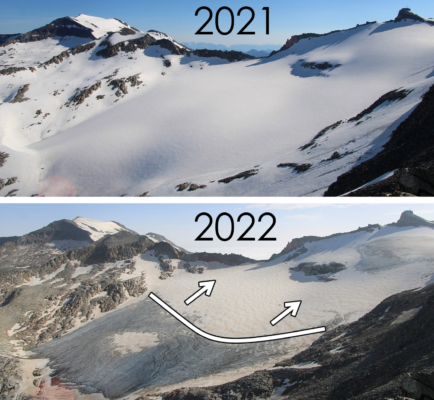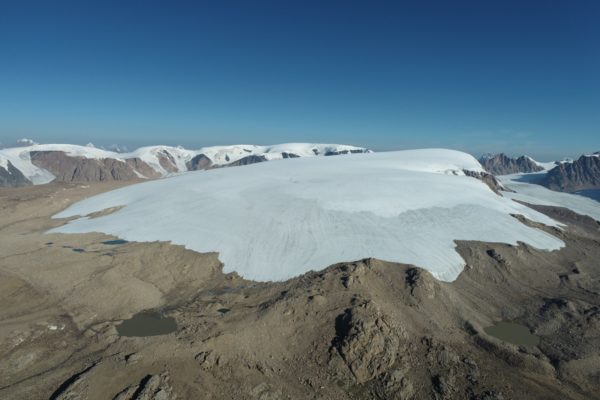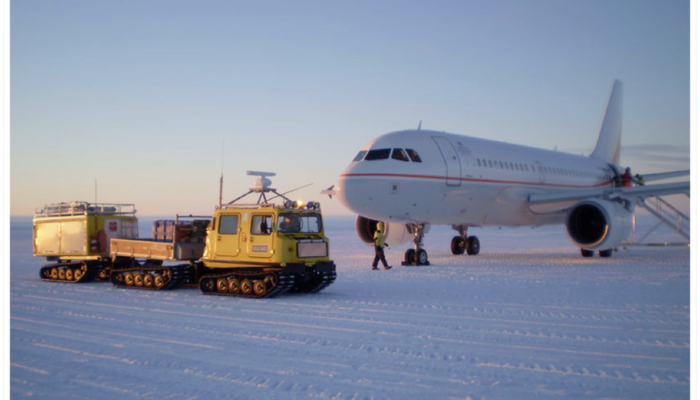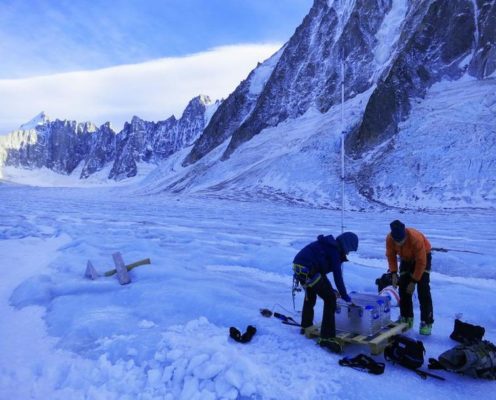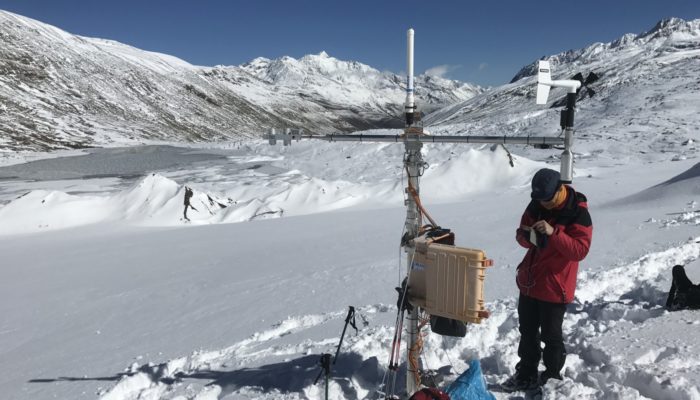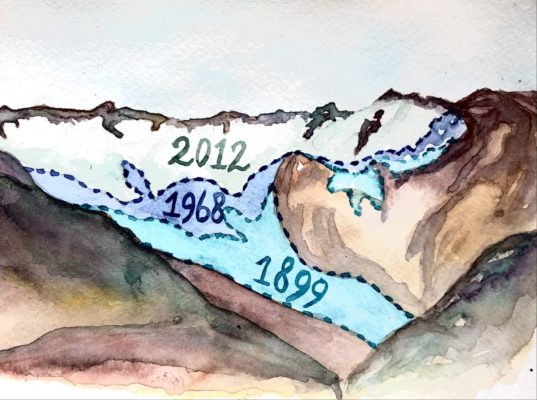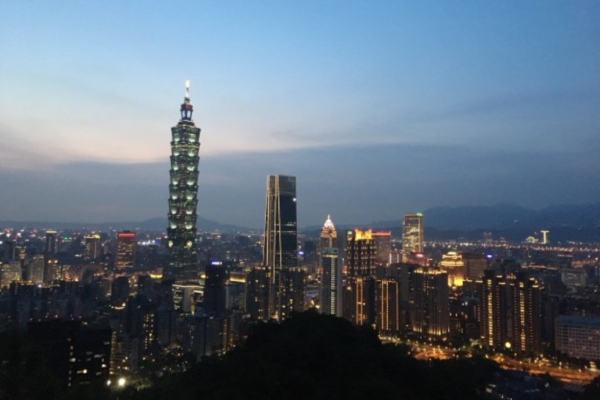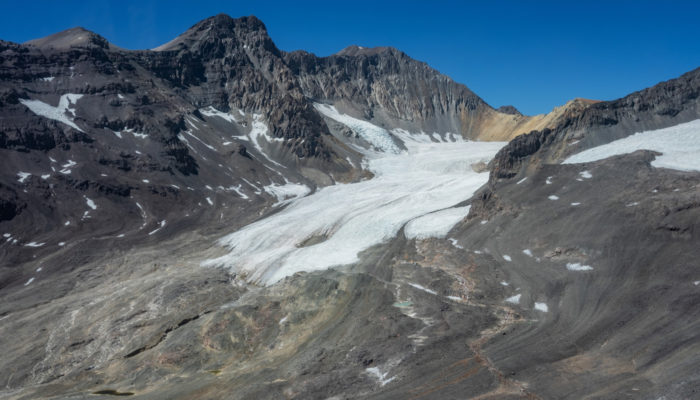The summer of 2022 is shaping up to be a perfect storm for Alpine glaciers. By a strange coincidence, all the factors that could adversely affect glacial dynamics seem to have come into agreement. Let’s find out why. What controls the behavior of Alpine glaciers? Snow, temperature, weather conditions and the properties of snow and ice. These are the most important factors governing the life ...[Read More]
Summer 2022: A perfect storm for Alpine glaciers
